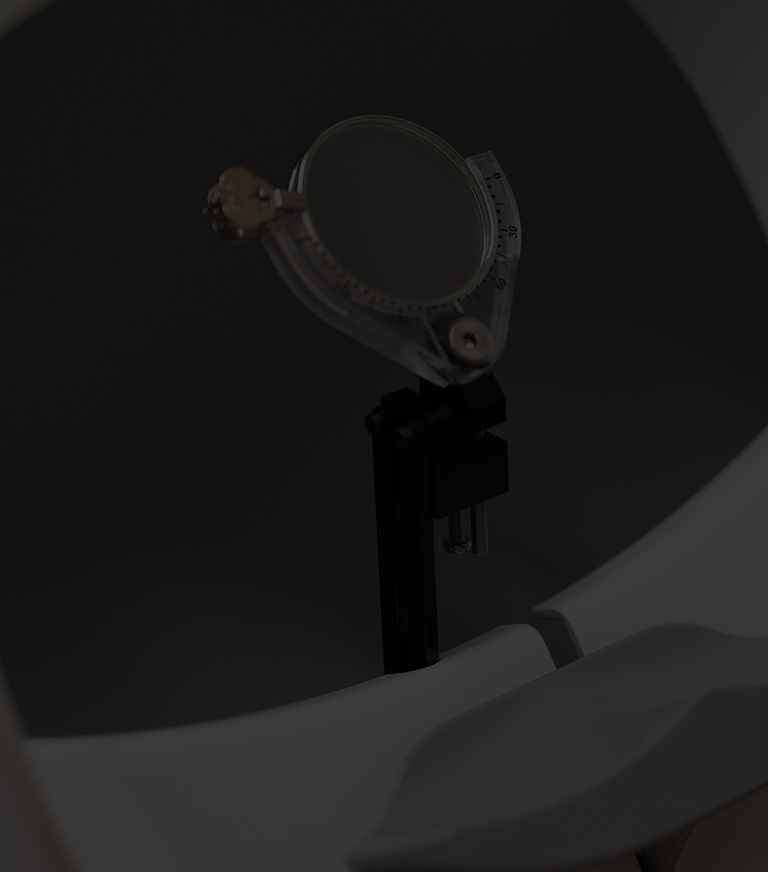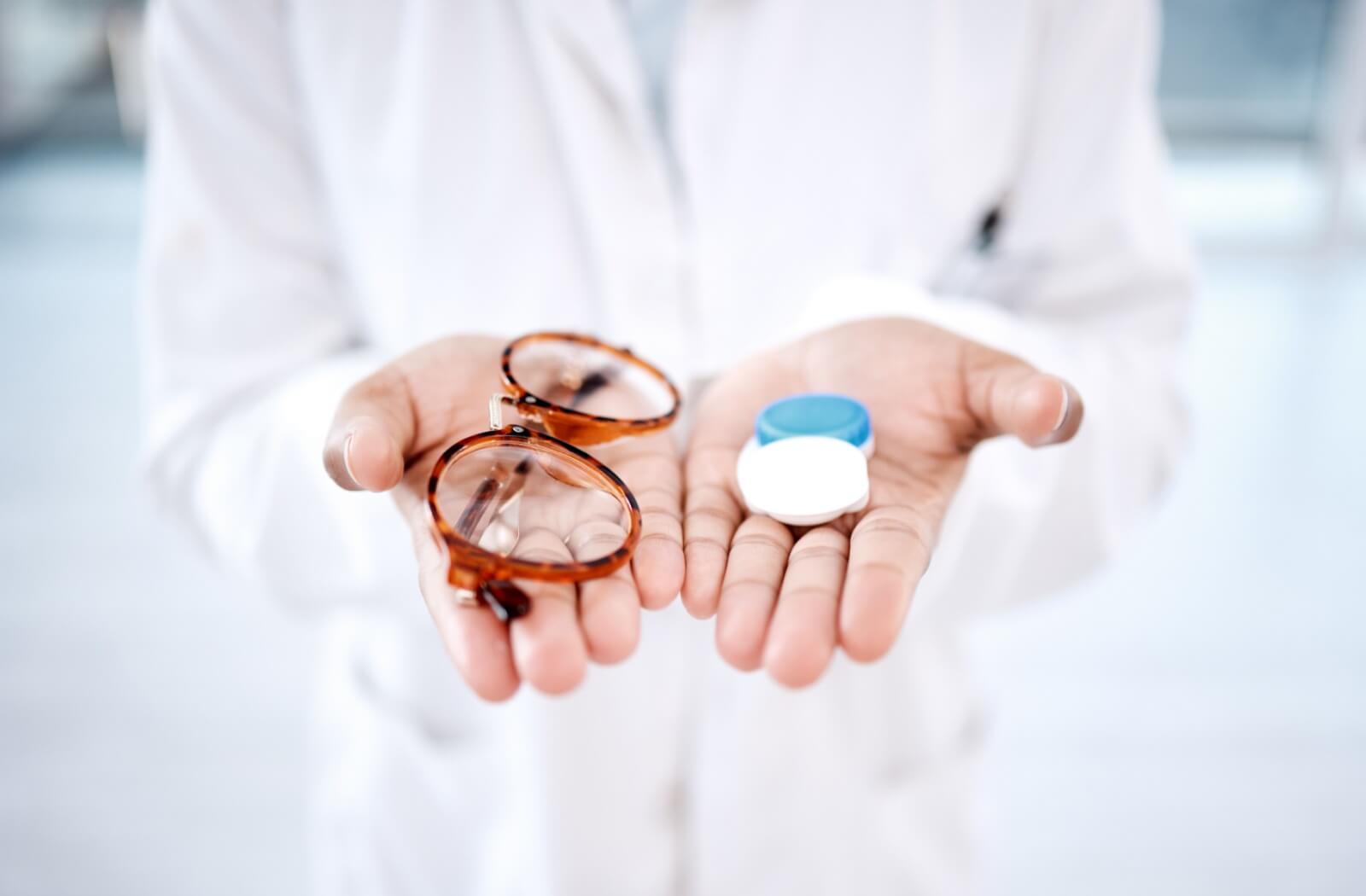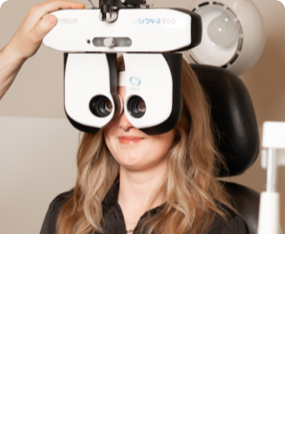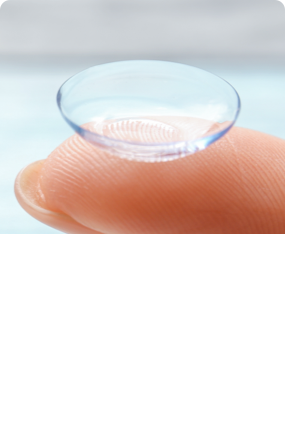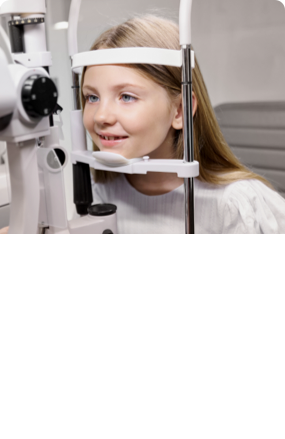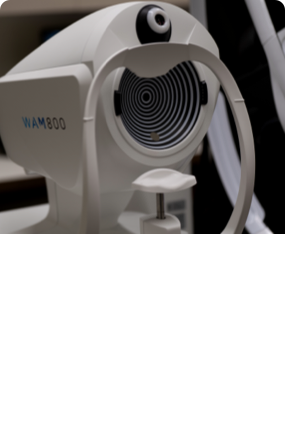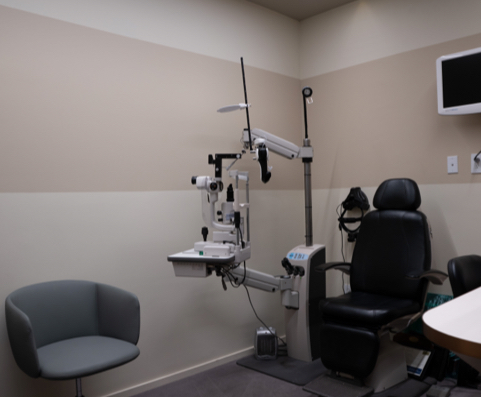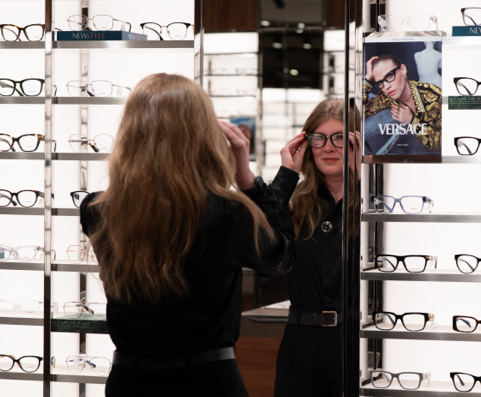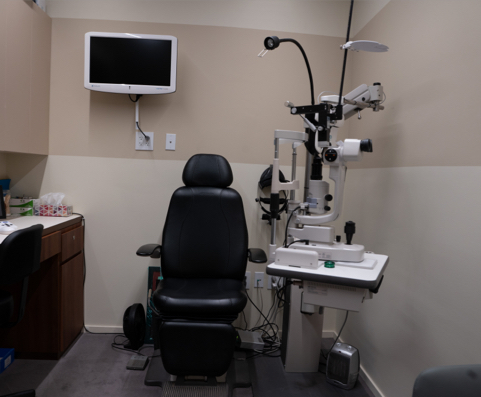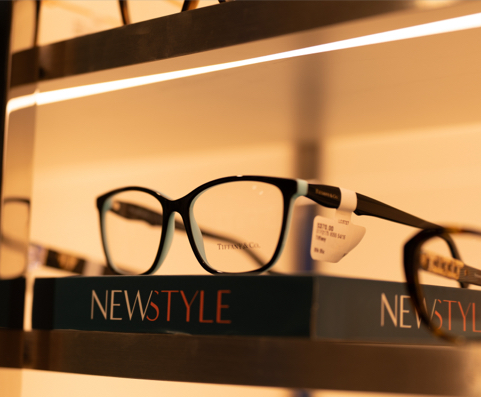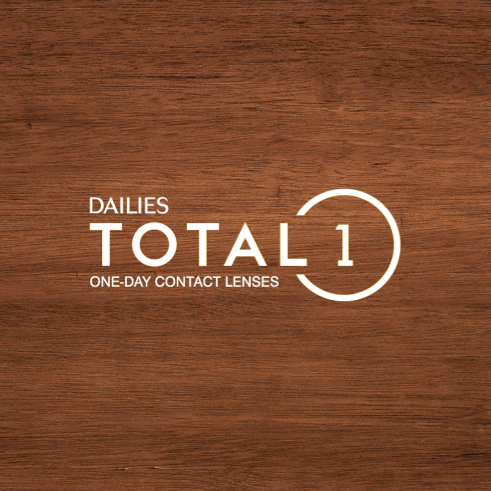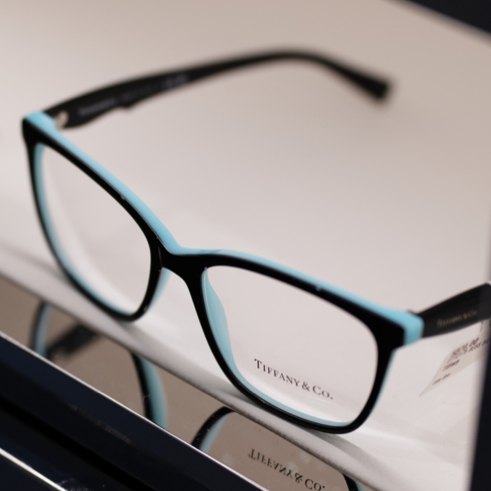When it comes to vision correction, you have choices. Eyeglasses and contacts are both popular options, but there’s a problem—some people think their prescriptions are interchangeable. While it seems like a logical idea, it’s not correct.
You need the right prescription for your corrective lenses—whether you’re wearing glasses or contact lenses—to achieve clearer vision.
Prescriptions for contact lenses and eyeglasses are not the same. The lenses sit at different positions on your face and interact with your eyes in unique ways. Corrective lenses require specific measurements, fits, shapes, and more, so the prescription can vary significantly.
The Difference Between Eyeglass & Contact Lens Prescriptions
Think about where your lenses sit.
Eyeglasses usually sit around 10-15 millimetres away from your eyes. The frames rest on your ears and nose to balance a short distance from the cornea. On the other hand, contacts are worn directly on the eye, so each lens needs a specific shape to properly focus on your retina.
It helps to think about the last time you used a magnifying glass. Moving the lens away from your eye slightly can drastically alter how clearly you can see. The same effect happens with eyeglasses and contact lenses.
What Features Are Included in Contact Lens Prescriptions?
Contact lenses also include details like:
- Base curve, which determines the curvature of the lens to fit your eye
- Diameter, specifying the size of the lens
- Brand name, as some lenses are only available through specific manufacturers
- Material type, indicating the breathability & flexibility of the lens
- Specialty lens designs for specific conditions
Even though both prescriptions share similar terms like sphere, cylinder, and axis, the values are precisely adjusted based on how the lens is used. Contacts and eyeglasses require different prescriptions to help keep your vision clear.
How to Understand Vision Prescriptions
Your vision prescription includes several necessary measurements that describe how to correct your vision. Here’s a quick breakdown:
- Sphere (SPH) corrects nearsightedness (myopia) or farsightedness (hyperopia), with negative values corresponding to myopia & positive values addressing hyperopia
- Cylinder (CYL) & axis measurements are crucial for correcting an uneven eye surface, like astigmatism, with the axis indicating the angle of correction
- Additional values or “add” value for unique prescription needs, such as prism correction for addressing issues like double vision
The terminology overlaps between contact and eyeglass prescriptions. However, the specific values and fitting details make each prescription unique. Contact lens prescriptions also typically include details such as base curve, diameter, and brand.
How Long Do Prescriptions Last?
Prescriptions don’t last forever. In fact, they expire quicker than most people think. Over the years, your eyes change, so your prescription should be updated regularly to meet your needs.

Contact lens prescriptions typically last 1 year. Meanwhile, eyeglass prescriptions are often valid for 2 years. Both of these timelines rely on your eye health and comfort. If you ever notice significant changes in your vision, it’s time for an update.
It helps to visit your optometrist at least once a year for comprehensive eye exams. With regular checkups, your eye doctor can monitor any changes in your eye health and address potential problems. Then, they can give you an updated prescription to help keep your vision clear.
The Key Difference Between Eyeglasses & Contacts
Deciding between eyeglasses and contact lenses often depends on how you live your life. There is good news, though—you don’t have to choose one or the other. Instead, you can freely switch between them as needed to keep enjoying clear vision.
Here’s a general rule of thumb:
- Choose eyeglasses for convenience, as they are easy to put on & take off without requiring direct contact with your eyes
- Opt for contact lenses if you lead an active lifestyle or prefer a more natural field of vision without obstructions
- Keep both eyeglasses & contacts on hand to adapt to different activities or occasions
There’s no universal answer when it comes to choosing between the two. It’s all about what works for your eyes and daily routine. Remember, no matter which option you choose, a proper care routine is essential for keeping your lenses in shape.
Get Your Updated Prescription!
The differences between your contact lens and eyeglass prescriptions might seem technical. However, it’s an essential part of taking care of your eyes. Both prescriptions are tailored to help you achieve clear vision, and our team at Orchard Park Optometry is ready to help.
With personalized care and a wide range of options, we can help address concerns you have about your prescriptions, vision, and eye health. Book an appointment with us today, and let us help.
